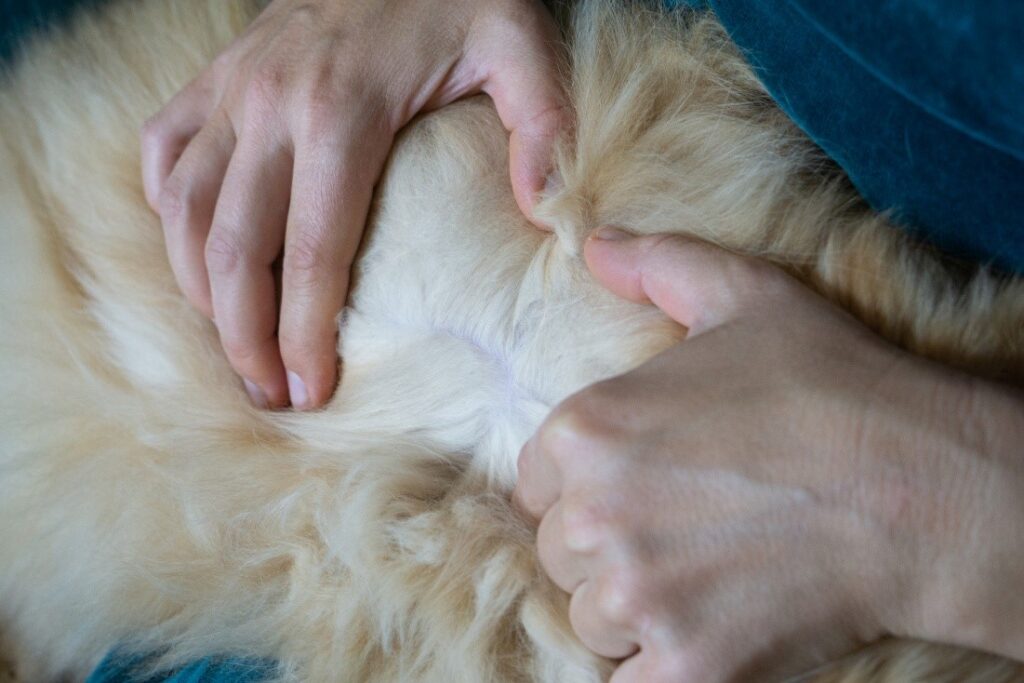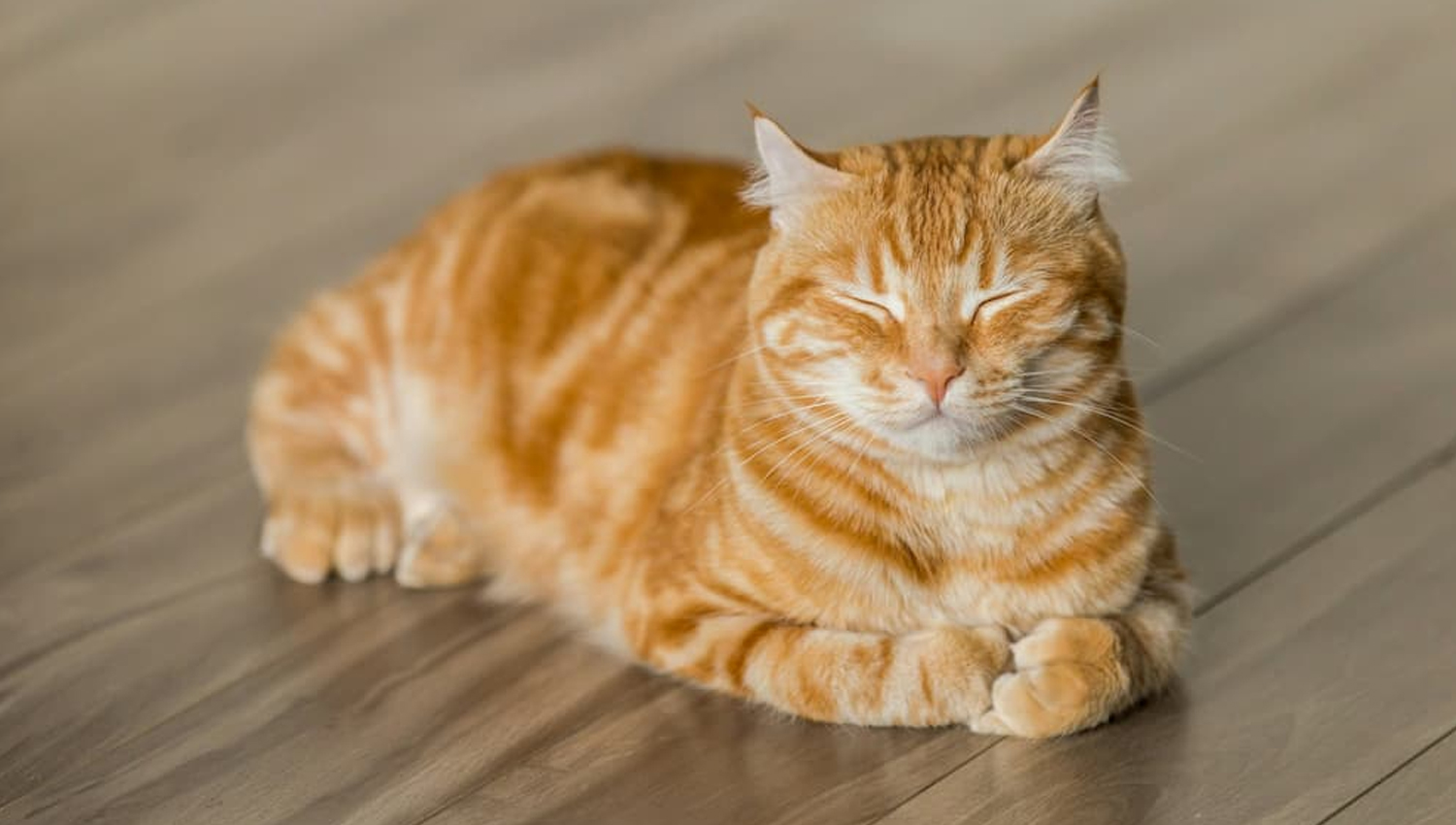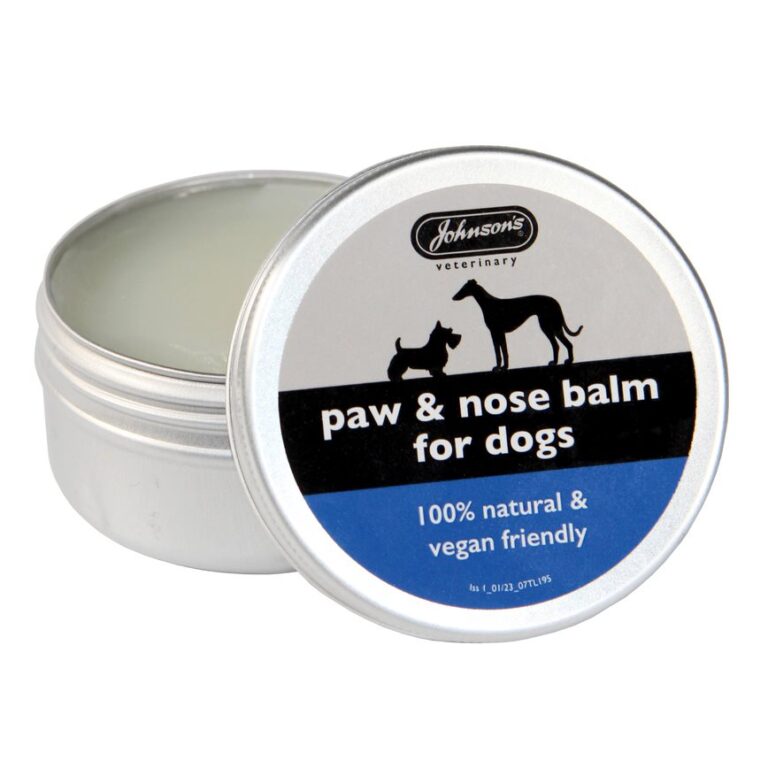Flea season is almost here and it’s time to think about protecting your little furry friends from those pesky parasites. As the weather warms up fleas are more active, and you are more likely to find them on your cat than in the winter. Unfortunately keeping your cat indoors doesn’t make it immune to an infestation from these nasty critters.
Do indoor cats get fleas?
Yes, indoor cats can get fleas, although it’s less common than for outdoor cats. Fleas are incredibly resilient and opportunistic parasites that can find their way into your home in several ways, even if your cat never steps outside. Carry on reading this helpful blog to see how indoor cats get fleas, what they look like and how you can treat them.
How do indoor cats get fleas?
Although your indoor cat doesn’t go adventuring outside, these pesky little hitchhikers will find a way to cause trouble for them. Fleas can be carried inside by other animals such as outdoor cats and dogs; they could be brought in on clothes by humans and from a simple visit to the vet or groomers.
If you’ve recently moved home, you could be dealing with an infestation in the house. While this is a nasty housewarming gift it can be treated. Check out our blog on how long will fleas live in a house without pets to find out how to treat your home for a flea invasion.
What do fleas look like on cats?
To know what fleas look like on your cat, you need to know what you’re looking out for. Our handy diagram shows the different stages of fleas.

An adult flea is usually the easiest to spot, it’s typically a shade of red/brown or black and around1-2mm in length. Adult fleas can move fast through fur so you may see them as quickly as they burrow back into the fur. You may notice when they’ve scurried off, they leave behind what is referred to as flea dirt – this is faeces and looks like ground black pepper in the fur.
Flea larvae and pupae are hard to see as they are often only a millimetre in size. Larvae are longer and have a worm like appearance, while pupae can be bigger at 2-3mm.
Flea eggs are the hardest to spot on cats as they are often 0.5mm and are tiny white or translucent specs on the fur. Flea eggs are very hard to spot with a naked eye, but you may see them on darker fur as they can look like a sprinkle of salt.
How do I tell if my cat has fleas?
Now you know what fleas look like you can check your cat for them. The PDSA lists 8 symptoms your cat may be displaying if they have fleas:
- Scratching
- Bald patches otherwise known as alopecia
- Sore or scabby or infected skin
- Bite marks or a rash
- Flea dirt
- Enjoys getting scratches more often than before
- Nibbling on their back end
- Spotting live fleas running around.
You can check your cat’s fur by parting it like the picture below and looking for any of the visual symptoms like bite marks, flea dirt or rashes. You can also use a flea comb to gently comb through the fur and examine anything that may be brought up.

What to do next
If you’ve worked out that your cat has fleas, the first thing you should do is start treating both your pet and your home.
We recommend a course of 4Fleas tablets as your first action followed by 4Fleas Spot-On treatment to give your cat the best chance in fighting these pests.
If your cat is happy to be brushed you can also try combing through the fur with a flea comb, and after each swipe, dip the comb into hot, soapy water to rinse them off. If you have a water-tolerating cat you can also bath your cat using a Flea Cleansing Shampoo.
If you choose to use spot-on treatment, avoid bathing your cat for up to 48 hours after application to allow the treatment to fully absorb and dry into the skin.
Don’t forget to treat your other pets and your home, frequently vacuuming carpets and soft furnishings, washing any bedding cats have been on and using a flea spray like Guardian Home Flea Spray.
How quickly does a flea treatment work on cats?
Our 4Fleas tablets starts killing fleas in as little as 15 minutes, while spot-on treatments can take up to 24 hours to take effect. If you decide to bath your cat it may remove some of the adult fleas but will not disrupt every part of the flea lifecycle.
It’s important to maintain treatments for an active flea infestation to help minimise discomfort for your cat, while also protecting yourself from any nasty flea bites.
How often should I treat my indoor cat for fleas?
To help keep fleas on your indoor cats at bay we recommend maintaining a schedule of treating your pet as often as recommended on your chosen treatment. For instance, 4Fleas Spot-On can offer up to 4 weeks of protection for your cat, meaning you should treat your cat with spot on treatment once a month.
Can hairless cats get fleas?
Hairless, naked, sphynx or other low fur cats can still get fleas! It’s easy to assume that without fur that fleas have nowhere to live but fleas are capable of jumping incredible distances and can easily be transferred onto hairless cats.
Hairless cats can be prone to increased levels of irritation and discomfort from fleas as their exposed skin is an easy target for these parasites to bite. If you think your hairless cat may be suffering with fleas, be sure to treat them the same as your furry friend with regular treatment and gentle bathing.
Even if your cat never sets a paw outside, fleas can still find a way onto them and once they do, they can cause a lot of discomfort for your pet and stress for you. That’s why it’s so important to stay proactive with flea treatments, even for indoor cats. By knowing what signs to look for, how to treat an infestation quickly, and keeping up with a prevention plan, you can help keep your feline friend happy, healthy, and flea-free all year round. Don’t wait for flea season to take hold – protect your pet today!





